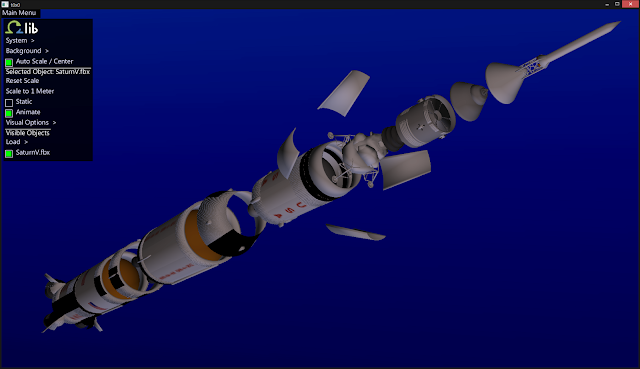For the final project in the UIC Spring 2013 Parallel Processing Class, I worked with a classmate to optimize our current implementation of a sonar beam tracer used for The NASA ENDURANCE Project . The beam tracer is used to process the raw data collected by the ENDURANCE AUV in Lake Bonney, Antarctica, and correct sound beam paths using information about the water chemistry. The data is clustered and noise filtered to generate a final 3D Point cloud that can be visualized in our CAVE2 system. The ENDURANCE Sonar data in CAVE2. Photo(c) Lance Long. A lot of corrections and adjustments need to be applied to this data before the final results are acceptable. Some of the corrections derive from the sound speed estimation through the water column, AUV navigation corrections, water level changes and noise filtering thresholds. All this parameters influence the final result, and ideally researchers can tweak them and see the result of their actions in real time. Given the size of


